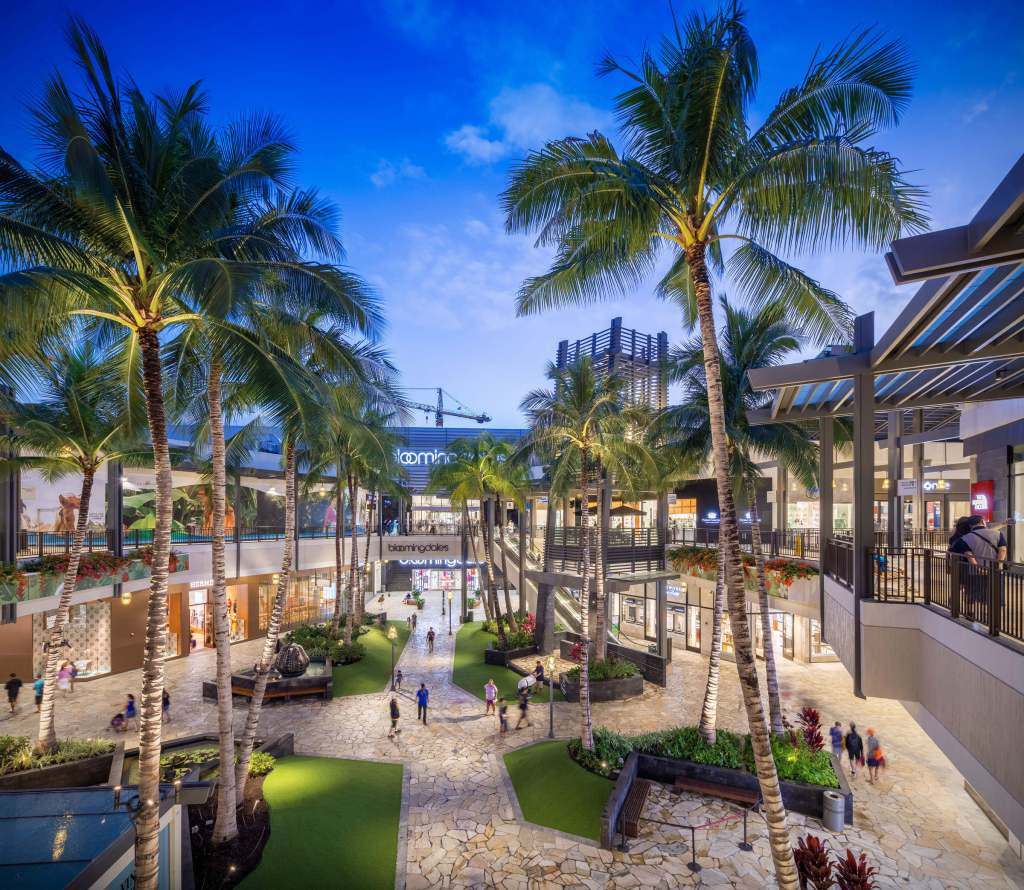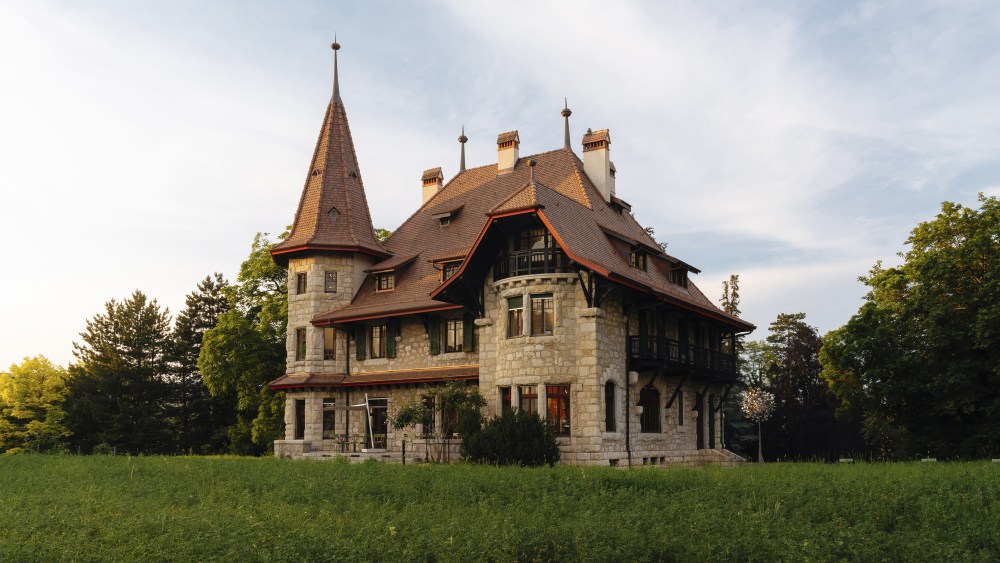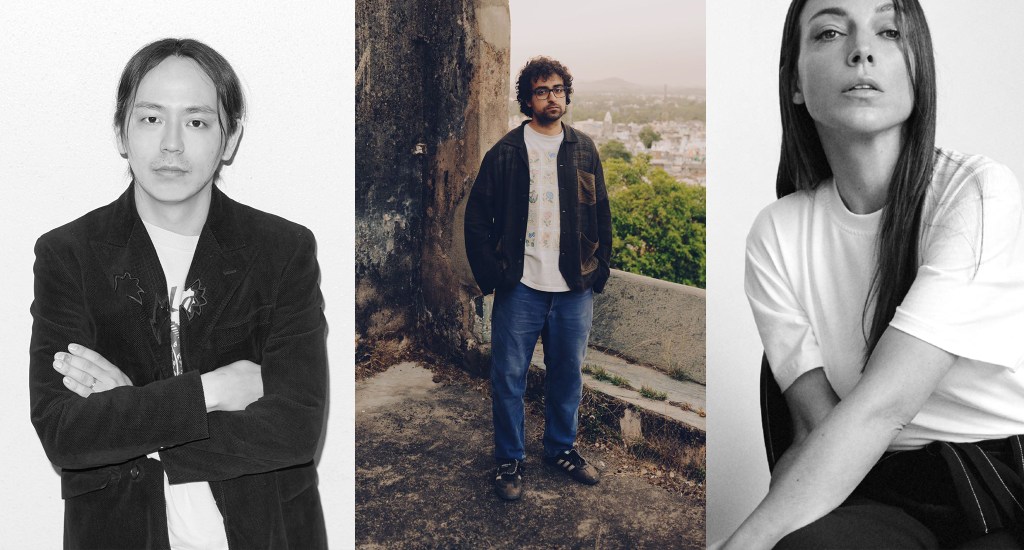Brookfield Properties, among the world’s largest developers, is distinguished by its scope of large “A” caliber mega malls and open-air shopping centers in the U.S. and abroad, among them Ala Moana in Hawaii; The Shops at La Cantera in San Antonio, Texas; Tysons Galleria in McLean, Va.; Oakbrook Center outside Chicago, and Potsdamer Platz in Berlin.
Brookfield has been particularly active in Manhattan with its post-9/11 redevelopment of Brookfield Place, originally called the World Financial Center; more recently launching the Manhattan West office and retail complex, which is sandwiched between Moynihan Station and Hudson Yards; purchasing the Crown Building at 730 Fifth Avenue, and bringing in new shops to previously vacant properties along Bleecker Street in Manhattan’s West Village.
The portfolio, diversified with open air and enclosed shopping centers and street properties, catapulted in size through its acquisition of General Growth Properties completed in 2018, a risky move at the time considering the advent of e-commerce and its impact on brick-and-mortar retail. Unlike many other developers and mall owners, Brookfield has been prone to acquiring rather than disposing of properties.
Last year, Brookfield underwent a restructuring leading to some layoffs, whereby Kevin McCrain succeeded the departing Jared Chupaila. In April 2023, McCrain, a managing partner with 14 years experience at Brookfield executing multifamily, logistics, retail, hospitality and office transactions, added to his responsibilities by becoming chief executive officer of the retail real estate business.
In the following Q&A, McCrain discusses what he brings to the retail portfolio, changes afoot, and retail and real estate opportunities for the future.

WWD: As the relatively new CEO for the retail portfolio, do you bring a new vision or strategy to the business?
Kevin McCrain: We’re trying to enhance our overall business. We have an excellent team — leasing people that know our retailers and really understand how to curate our assets.
What I bring to the table is an expertise on the capital markets side. Everything from how we’re going to fund new projects to a vision of what the future is going to be from a growth and capital perspective all while continuing to support our creatives and our dealmakers to find new opportunities and determine what is best for communities. I can’t say enough about our leasing team. They know our assets and communities backward and forward. They are out in the field finding the right brands for our shopping centers.
WWD: With rates being higher? Is it harder to fund projects?
K.M.: It is when you’re looking for outside capital. The debt markets are what they are, but we’ve got great cash flow in our assets.
WWD: Brookfield has a presence in seven countries, with 160 retail properties occupying 130 million square feet. So is the retail space growing or consolidating at Brookfield?
K.M.: I’d say it is growing. We take a global view on this. Over the last three years we have bought assets in China, the Middle East, France and the U.K. In the U.S. our mall portfolio has slightly shrunk through some targeted asset sales. However, we are actively looking to acquire centers and continuing to look for accretive transactions that make sense for our business and our investors
WWD: What do you see as the opportunities for Brookfield going forward? Where would you like to grow?
K.M.: We’d like to buy more street retail in key gateway cities around the world. There are opportunities for open air centers globally, particularly in the U.S. and Europe, as well as in broader Asia. We have investment people on the ground looking for transactions every day. To the extent that we can enhance our existing mall portfolio, we will look for acquisitions at accretive pricing. In the U.S., the enclosed shopping centers are dominated by only a few players. This includes Brookfield. We already have an irreplaceable portfolio of assets, and I don’t foresee many opportunities to acquire the types of assets we own. Therefore, if we’re going to look to acquire retail in the U.S., it will likely be open air or street.
WWD: In terms of an acquisition, are we going to see any in 2024?
K.M.: We do not have anything to share at this time.
WWD: Is there any opportunity for ground up mall construction?
K.M: Not at the moment. There is really only a need in a few markets. Over the medium or long term, in gateway or southern sundial markets that continue to grow. In these markets, there may be a need, but not right now.
WWD: Can you highlight some properties undergoing remerchandising?
K.M.: At Oakbrook Center near Chicago, we’re establishing a robust luxury wing. While already far along, we are in active negotiations with a number of brands wanting to establish a physical presence at Oakbrook Center. It’s truly a fantastic property and the premier example of a thriving U.S. shopping center with over $1 billion in annual sales.
At our Tysons Galleria near Washington, D.C., we did a complete redevelopment of a former Macy’s box to create a new wing. We introduced new categories to an already thriving shopping center. We added high-end home furnishings stores, dining and entertainment. Tysons Galleria has always been celebrated for its impressive collection of luxury brands, but with the redevelopment, there is even more of a demand. It has presented a unique challenge for our team. Brands want to be there, but space is limited and existing tenants want to increase space. It really is a great problem to have.
The Shops at La Cantera in San Antonio is a beautiful asset. It’s open air and is as much a lifestyle center as it is a mall. The tenant demand and the sales are astounding. San Antonio is a growing city and it’s fantastic that The Shops at La Cantera is now the desired place to be for retailers.
WWD: What type of retail concepts, be it entertainment, food or fashion, is the team out there most focused on?
K.M.: It’s interesting because it is asset-dependent and community-dependent. Our dealmakers look to find the right brands, the right concepts, the right use for the community. There is a new concept that started at our Natick Mall in Boston called Level 99, which is killing it. We’re bringing it to a few other assets where it is the appropriate match for the particular market.
Whether it is on the fashion side or the entertainment side, we’ve got an entire team that focuses on new and emerging brands. They build relationships, build a strategy on the store rollout and determine the right location. The amount of time they spend with these retailers is tremendous. it’s important to building that partnership mentality.
Let’s use Pinstripes Bowling as an example. We are not necessarily hungry for more Pinstripes Bowling. We love Pinstripes. It’s a great business, and it’s appropriate for some assets. Our curation strategy is completely dependent on the asset. This is why our teams are out there everyday meeting with brands to help figure out where is the right place for each.
We have an incredible leasing team, marketing team, asset management team that are all thinking and feeding into each other to find the right places for each of these brands.
WWD: How is your leasing team structured?
K.M.: It’s a hybrid approach. We have teams that are dedicated to assets in markets throughout the U.S. There are teams that cover a region and then we have a national team that overlays that and they work together.
WWD: You are emphasizing localizing the leasing so it’s right for the market, but does Brookfield still put together a single, master lease deal with a brand, announcing hypothetically 10 or a dozen stores, a whole group?
K.M.: Yes, 100 percent, but this doesn’t mean there isn’t local involvement. We can negotiate one master giant deal but still have the DNA to make sure that it’s the right brand for the market. Our national team wouldn’t cut a 10-store deal with a brand without involving our local leasing people.

WWD: Can you cite some brands that are hot and that you are growing with?
K.M.: Aritzia is hot. Lululemon is hot. Alo is hot. Viori is hot. Warby Parker is hot. There are a lot of growing brands. We’ve also had significant success with key luxury brand growing beyond traditional markets. For instance, when Gucci expanded into the state of Missouri, they knew they needed to be at our Plaza Frontenac, one of our enclosed shopping centers in St. Louis.
WWD: Some luxury conglomerates and retailers have been reporting softness in the business, but it sounds like you continue to see significant opportunity in the sector
K.M.: Luxury is continuing to appeal to a growing sentiment and demographic while doing a great job building a customer base at the ground level. They touch a consumer that is nationwide. We are there to support them as they get closer to their customers in different markets beyond the traditional cities. We look to partner with luxury brands across a set of assets that is part of our Iconic Collection.

WWD: How is Brookfield Place in Manhattan doing?
K.M.: It’s doing extremely well. We have our luxury collection right there in the winter garden, and then we have our more aspirational assortment with Lululemon, Theory and a few other brands. The foot traffic is fantastic. It’s not a center that relies solely on the office buildings, although they provide excellent foot traffic to our retailers and our restaurants. There’s a real community around TriBeCa and Battery Park City that frequents the center, seven days a week. The retail does very well. The restaurants do fantastically, from PJ Clarke’s to Seamore’s. Nike is the big addition that came in six months ago. Arc’teryx opened about six months ago in the previous Lululemon space. We relocated Lululemon to double their size.
WWD: What is your outlook for 2024?
K.M.: As interest rates come down in the back half of the year, consumer spending should continue to rise. We’re bullish on our portfolio. We are fortunate that our assets have a resilient consumer. We are optimistic about 2024 and we’re happy where we’re positioned in the market. We are going to continue to invest in our assets. I see gains in traffic and sales.
Traffic in our assets is great, but the better metric to look at is total sales and sales per foot. The real [measure of] health of a retail business and a shopping center is total sales. Looking at it over a 10 year period, our sales have gone one way – up.
WWD: What is Brookfield’s approach on reconstituting centers with alternative uses?
K.M.: Bringing entertainment is something that’s always high on our list. If there’s a health care facility that makes sense for an asset and market, we will explore it. I get asked about multifamily a lot. We are looking at potential residential developments at a number of our retail assets to see if it makes sense. We are about to start leasing 320 apartments in Cumberland Mall in Atlanta. We recently added 328 residential units in a former department store space at Alderwood Mall near Seattle, and it is fully occupied.
WWD: What are the major challenges ahead?
K.M.: The debt capital markets are always the biggest challenge, but those are finally coming into focus and heading in the right direction. A soft landing of the economy, which everybody anticipates, and making sure there is consumer and salary growth is important, Other than that, there are not existential challenges to the business.




